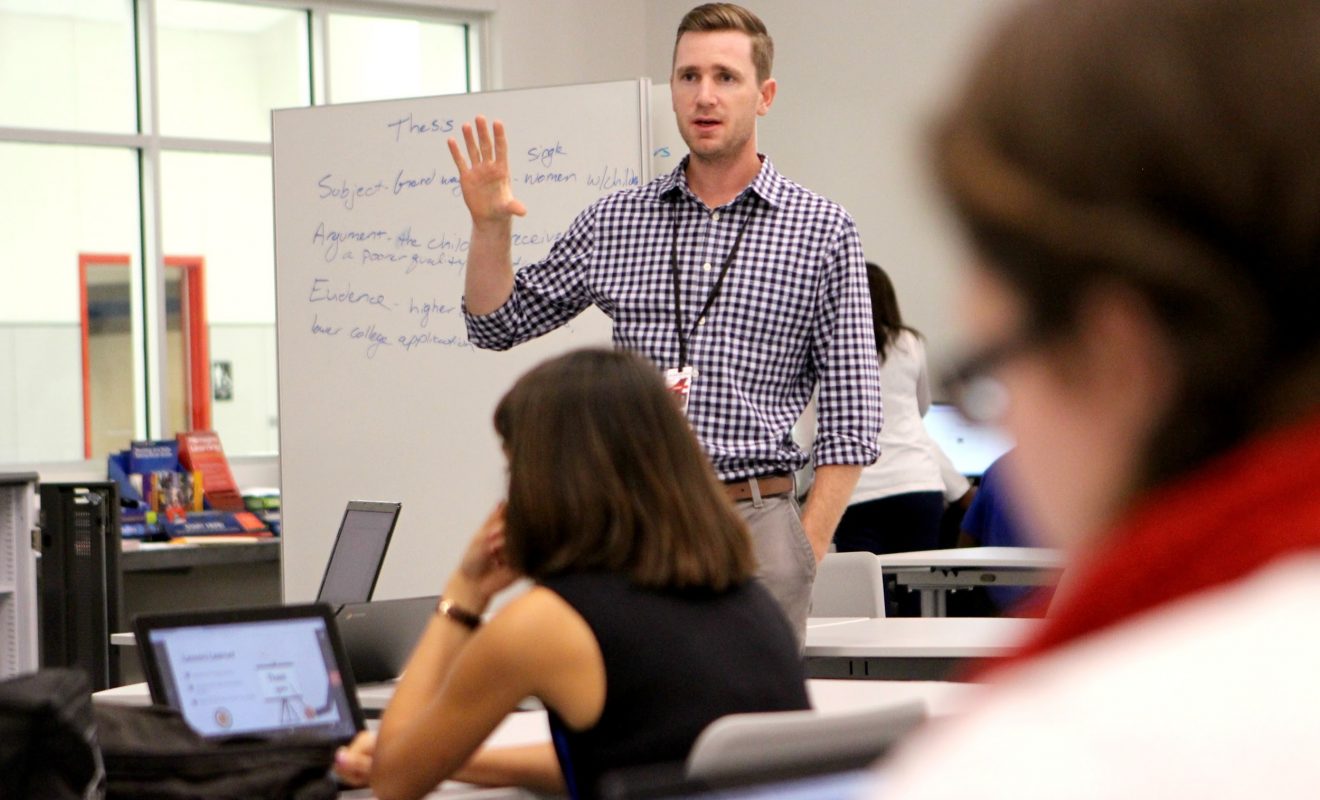Apollo 13 was more than halfway through its journey to the Moon on what was supposed to be a routine mission when events took a completely different turn. One of the spacecraft’s two oxygen tanks exploded, and within three hours, all oxygen reserves were exhausted.

The situation is critical, time is running out, and there is no room for error. A team of NASA engineers has, however, managed to solve the problem and devise a solution that allows the crew to pilot the damaged spacecraft back to Earth.
What could have turned into a potential disaster has become a true celebration of the effectiveness of collaborative work. In this article, we give you the keys to replicating the collective intelligence miracle of the Apollo 13 mission. All without putting your colleagues at risk!
Why does collaborative work boost individual and collective performance?
Interestingly, this phobia is easier to overcome when you develop the habit of collaborating early on. This is especially true during your studies when you prioritize cohort training. This is also the case when teamwork is well-supervised and set with realistic goals. But we’ll come back to the conditions conducive to collaborative work a little later.
Let’s start by looking at the benefits of working in groups. This setup can boost both individual and collective performance because:
- A group always has more experience and knowledge than a single individual. Collaborative work essentially allows for the pooling of resources. This allows each participant, as well as the organization as a whole, to access a greater variety of backgrounds and knowledge.
- Emulation stimulates creativity. This pooling of resources allows for more creative solutions. The collective effect is also a powerful driver of emulation, encouraging each member to excel and contribute to the project’s success.
- Collaborative work promotes learning.Group discussions are better remembered. Training or working in cohorts thus promotes the understanding and retention of new information;
- The group acts as a revealer. Group members also gain a better knowledge and understanding of themselves. Exposing themselves to other people allows them to gain a clearer picture of their strengths and weaknesses. The feedback they receive within the group provides opportunities to enhance the former while strengthening the latter.
- Collaborative work is also one of the 10 soft skills most sought after by employers.
Boosting the effects of collaborative work
Of course, collaborative work doesn’t only have advantages. It also presents certain risks, particularly those arising from group pressure. Some members may feel compelled to conform to the majority opinion to avoid conflict. Others may dominate discussions or rely on others to do the heavy lifting.
To prevent these biases from weakening collective intelligence, here are 4 good practices to boost group performance.
1. Collaborative work ownership
Giving maximum responsibility to group members helps avoid stifling their creativity and collective intelligence.
It’s also a great way to motivate them and allow them to see the mission entrusted to them from a new perspective. Intrinsic motivation is, ecognized to be much more powerful than extrinsic motivation.
2. Facilitate communication
Communication is one of the critical factors contributing to the performance and productivity of collaborative work. Without effective and transparent communication, sharing information and developing new ideas simply won’t be possible.
Make sure you provide your team with relevant tools to facilitate their interactions (in person or remotely). The same principle also applies to communication between the group and you. Be as specific as possible about your expectations regarding the work assigned to them. And hold regular check-ins to ensure it’s moving in the right direction.
3. Identify the group’s strengths and weaknesses
The power of collaborative work can sometimes prove to be its Achilles heel. Bringing together brains working on the same problem allows for the pooling of knowledge and thinking. But working in a group also involves adding together each person’s weaknesses and biases.
The backbone of collaborative work is task allocation. While group organization doesn’t necessarily have to be hierarchical, it’s important to leverage each person’s strengths by involving them in relevant activities. It’s also important to take their weaknesses into account by partnering them, for example, with another member who is more experienced or comfortable in the field.
4. Guide without micromanaging
The worst thing you can do is hinder your team’s creativity and effectiveness. As a leader, it can be tempting to step in and offer advice. But you risk blocking the group dynamic. Or worse, steering your team members’ work in an irrelevant direction!
While it’s important to give feedback and encourage collaborative work, it’s best to do so as rarely as possible. The idea is to find the right balance to boost your team’s performance without your interventions becoming counterproductive.










